The Bauhaus movement is often celebrated for its revolutionary approach to art and design, yet the women who contributed to its success are frequently overlooked. This oversight is a problem that diminishes the full impact of the movement. Women like **Gunta Stölzl**, **Marianne Brandt**, and **Anni Albers** were not just weavers; they were pioneers who broke barriers in modernist design.
These women faced significant challenges, often being pushed into roles deemed suitable for their gender, like textiles and weaving. Despite these obstacles, they excelled and innovated. Gunta Stölzl became the first female Master at the Bauhaus, leading the weaving workshop to new heights. Marianne Brandt shattered glass ceilings in metalwork, creating iconic designs that are still admired today. Anni Albers transformed textile art with her inventive techniques and bold designs.
The achievements of these women illustrate their resilience and creativity. They were more than just contributors; they were leaders who helped shape the Bauhaus legacy. By recognizing their work, we gain a deeper understanding of the movement’s true impact on art and design. It’s time to celebrate the women of the Bauhaus for their vital roles beyond weaving.
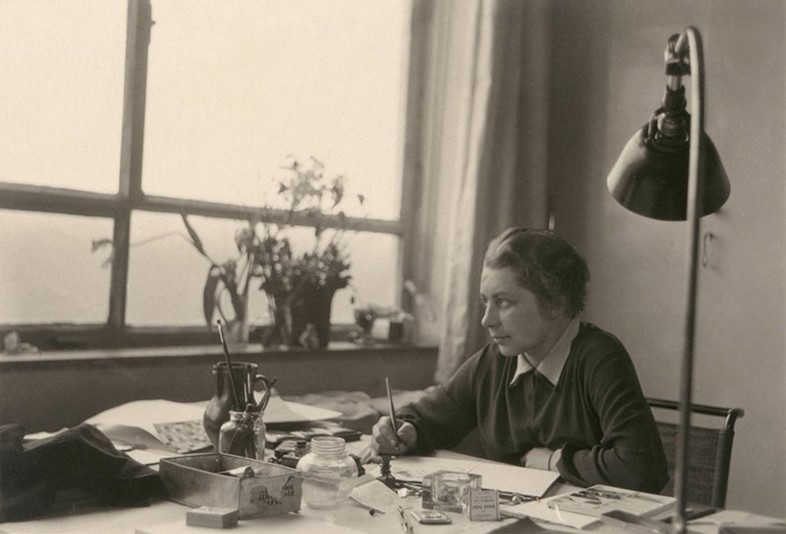
Unveiling the Hidden Pioneers
The Bauhaus movement was home to many female pioneers who shaped modern art and design. These women, often overlooked in history, made significant contributions that went far beyond traditional roles. Gunta Stölzl, for example, became a leader in textile innovation, transforming the weaving workshop into a hub of creativity and industrial design. Her work challenged the notion that women were limited to domestic crafts.
Another hidden pioneer was Marianne Brandt, who excelled in metalwork, a field typically dominated by men. She created iconic designs that are still admired today, such as her famous teapot and ashtray designs. These women, along with others like Anni Albers and Lucia Moholy, broke barriers and paved the way for future generations of female artists and designers. Their stories remind us of the importance of recognizing and celebrating the diverse talents of women in the art world.
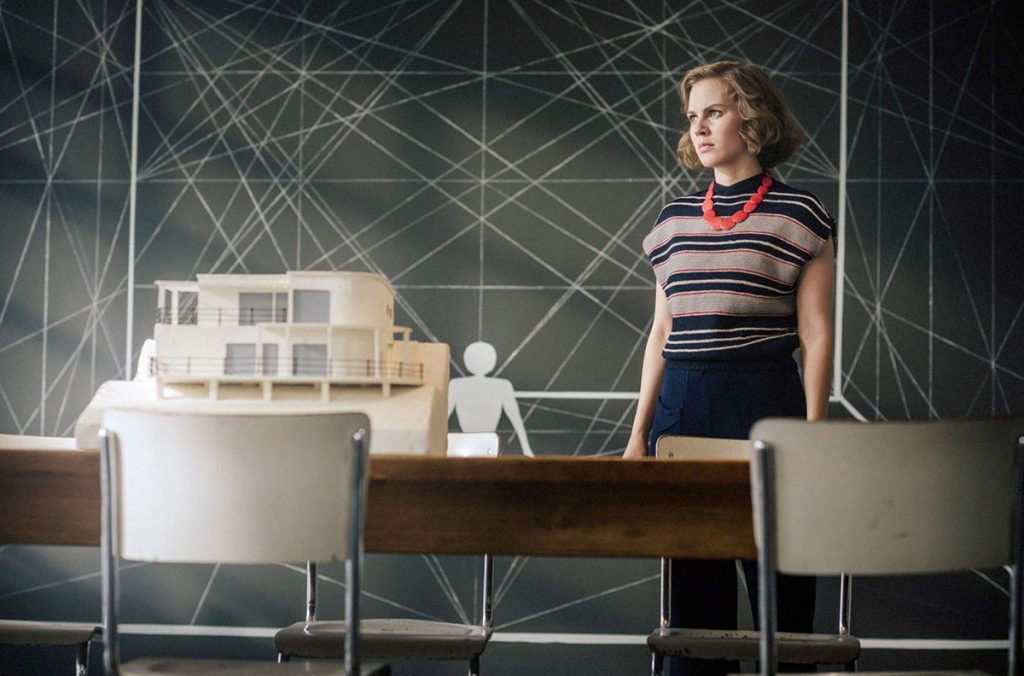
Breaking Barriers: Women in Modernist Design
Women in the Bauhaus movement faced many challenges, but they persevered and made lasting impacts on modernist design. Despite being initially pushed into areas like weaving, many female designers broke free from these constraints. Marianne Brandt, for instance, became a pioneer in metalwork, creating iconic lighting fixtures and geometric designs that embodied the Bauhaus aesthetic.
Gunta Stölzl’s leadership as the first female Master at the Bauhaus was groundbreaking. She transformed the weaving workshop, shifting its focus from individual artworks to modern industrial designs. This change not only elevated the status of textile arts but also opened doors for women in other design fields. These women didn’t just overcome obstacles; they reshaped the landscape of modern design. Their work challenged societal expectations and proved that talent knows no gender. By breaking these barriers, they paved the way for future generations of female designers and helped create a more inclusive art world.
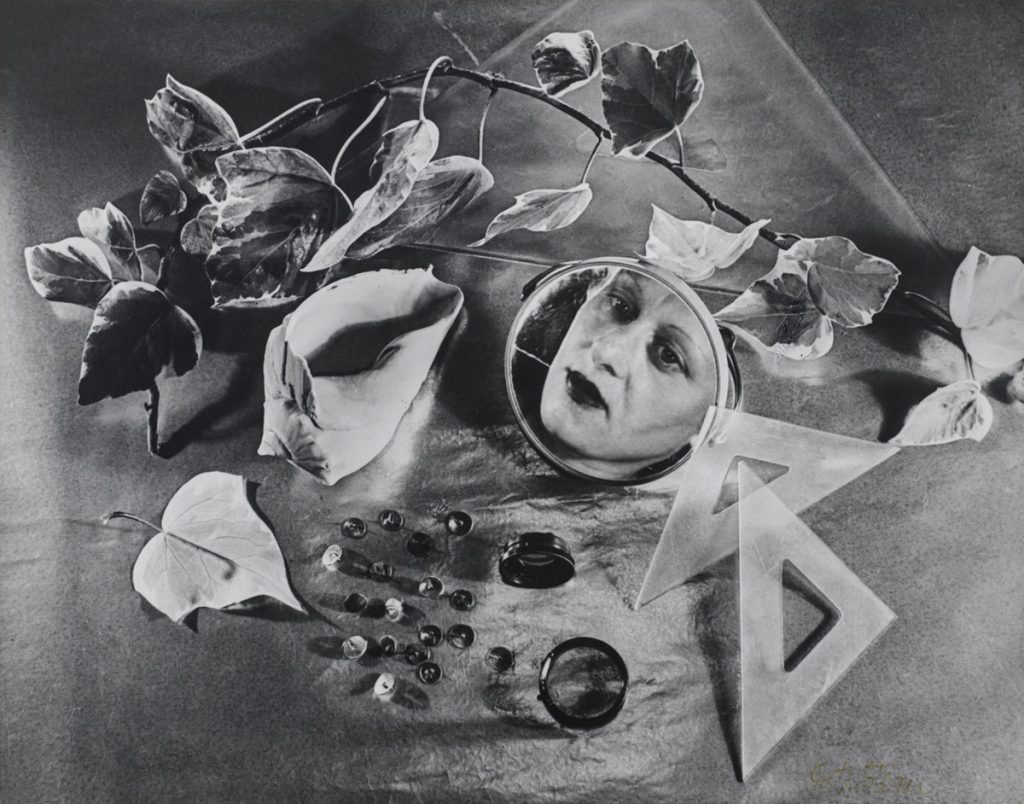
Beyond the Loom: Diverse Talents of Bauhaus Women
The women of the Bauhaus were far more than just weavers. While many started in the textile workshop, their talents spread across various fields of art and design. Marianne Brandt, for example, made a name for herself in metalwork. She created iconic designs like the Kandem bedside table lamp, which became a best-seller. Her work showed that women could excel in areas traditionally dominated by men.
Alma Siedhoff-Buscher was another multi-talented artist who moved beyond textiles. She transitioned from weaving to wood sculpture, designing popular toys and furniture. Her ‘Little ship-building game’ is still made today, showing the lasting impact of her work. Lucia Moholy made significant contributions to photography, documenting the Bauhaus and teaching the craft to others. These women, along with many others, proved that their skills went far beyond the loom. They were painters, sculptors, architects, and innovators who helped shape the diverse legacy of the Bauhaus movement.
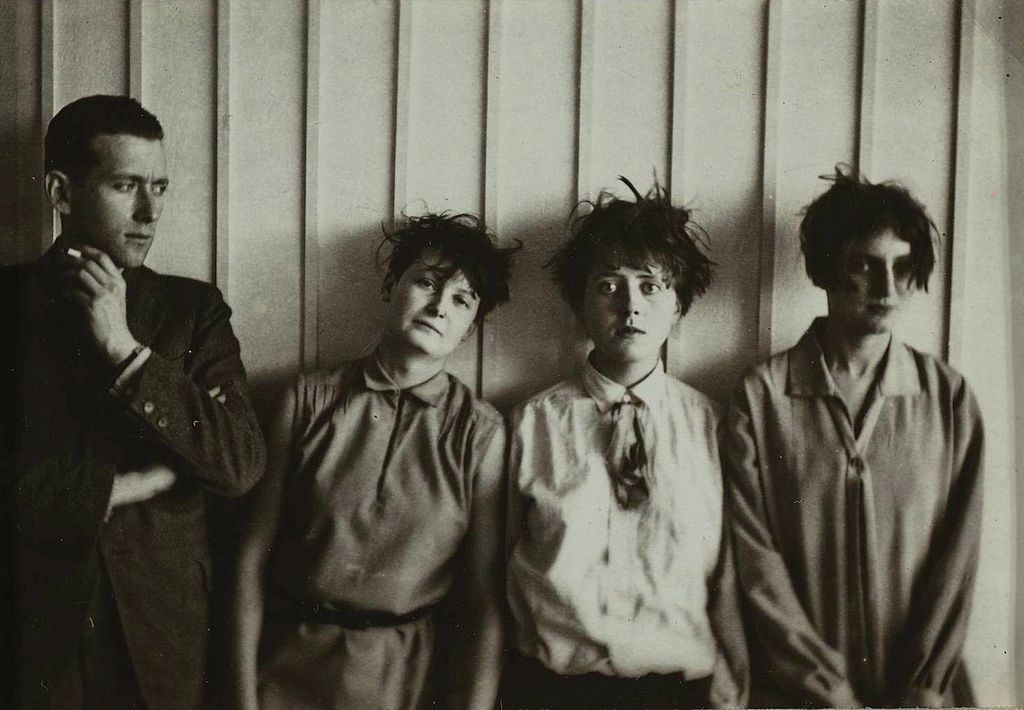
Shaping the Movement: Female Bauhaus Educators and Leaders
The Bauhaus movement was greatly influenced by its female educators and leaders, who played crucial roles despite facing many challenges. Gunta Stölzl stands out as a pioneer, becoming the first female Master at the Bauhaus in 1927. She led the weaving workshop and transformed it from creating individual art pieces to producing modern industrial designs. Under her guidance, the workshop became one of the school’s most successful departments, both artistically and commercially.
Other women also made significant contributions as educators and leaders. Anni Albers, though not an official teacher, became a key figure in the weaving workshop and later a renowned textile artist and educator. Marianne Brandt briefly led the metal workshop, influencing the Bauhaus aesthetic in metalwork. Lilly Reich taught interior and furniture design, while Lucia Moholy unofficially taught photography. Despite facing lower pay and less recognition than their male colleagues, these women shaped the Bauhaus movement through their teaching and leadership. Their efforts paved the way for future generations of women in design and art education.
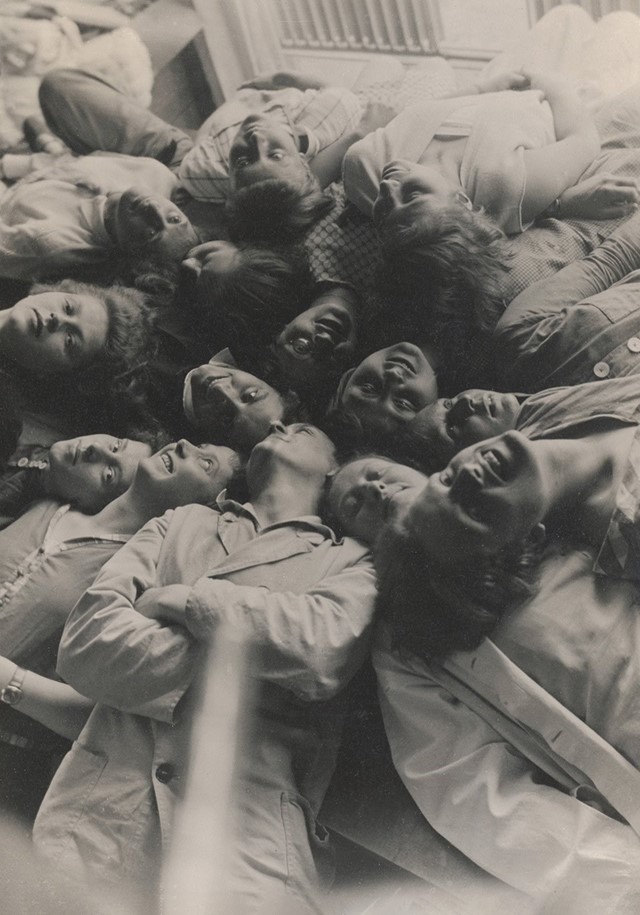
Innovation and Entrepreneurship: Bauhaus Women’s Lasting Impact
The women of the Bauhaus were not just artists; they were innovators and entrepreneurs who left a lasting mark on design and industry. Take Anni Albers, for example. She went beyond traditional weaving to develop new materials for industrial use, like sound-absorbing fabrics. This shift from craft to industrial design showed how valuable women’s work could be in the art world.
Marianne Brandt is another great example of Bauhaus women’s entrepreneurial spirit. She became a leader in the metal workshop, creating designs like the famous Kandem lamp that are still admired today. Brandt’s success in getting her designs manufactured showed her business skills and helped establish her as a top industrial designer. These women didn’t just make art; they also understood the business side of design. Their work at the Bauhaus and beyond proved that women could be both creative and commercially successful. Their legacy continues to inspire new generations of artists and designers to push boundaries and innovate.
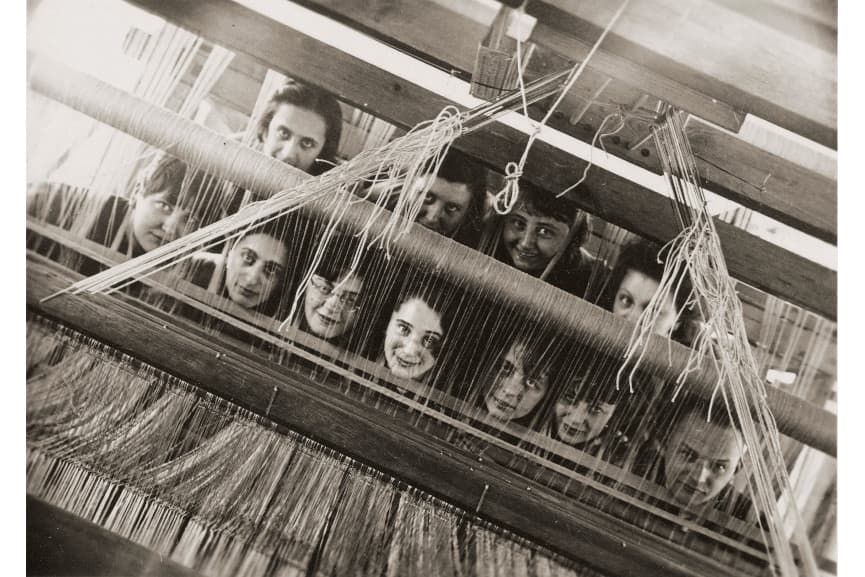
Resilience in the Face of Adversity: Bauhaus Women in Exile
When the Nazis came to power in Germany, many Bauhaus women, especially those of Jewish descent, had to flee their home country. These women faced huge challenges in starting new lives and careers abroad. Despite these hardships, they showed incredible strength and kept creating art in their new homes.
Anni Albers is a great example of this resilience. After leaving Germany in 1933, she continued her textile work in the United States. She became an important teacher at Black Mountain College and later at Yale University. Gunta Stölzl, another Bauhaus woman, set up her own hand-weaving business in Switzerland after leaving Germany. Sadly, not all stories had happy endings. Otti Berger tried to move to the U.S. but got caught in Yugoslavia during a family visit. She later died in Auschwitz. Despite the difficulties, many of these women kept working, teaching, and spreading Bauhaus ideas in their new countries. Their experiences often led to new and exciting directions in their art. These women’s stories show how they overcame huge obstacles to keep creating and influencing art and design around the world.
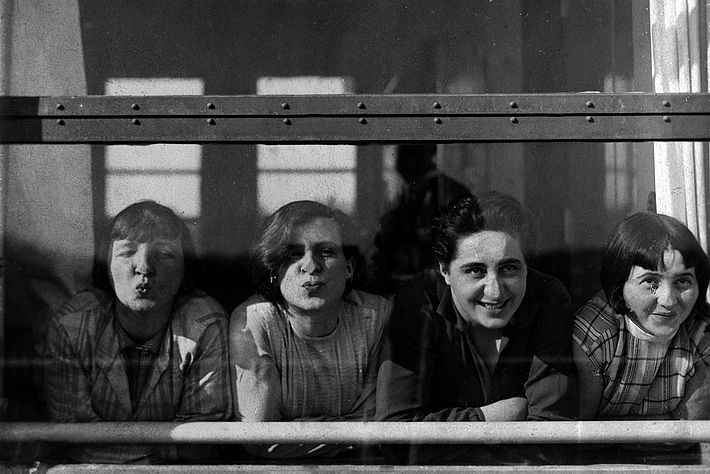
The Interdisciplinary Approach: Blending Art, Craft, and Technology
The Bauhaus school revolutionized design education by breaking down barriers between different art forms. Founded in 1919 by Walter Gropius, the school aimed to bring together art, craft, and technology. This new approach was all about creating a “total work of art” where different artistic skills worked together. Students at the Bauhaus were encouraged to try out various materials and techniques, mixing artistic ideas with practical skills.
The school offered workshops in many areas, including ceramics, weaving, woodworking, and metalwork. This allowed students to explore and combine different disciplines. The Bauhaus also embraced new industrial materials like steel and glass in their designs. This blend of art, craft, and technology changed how everyday objects were designed. It also had a big impact on architecture and industrial design. The Bauhaus way of teaching, which encouraged working across different fields, set a new standard for design education that is still influential today.
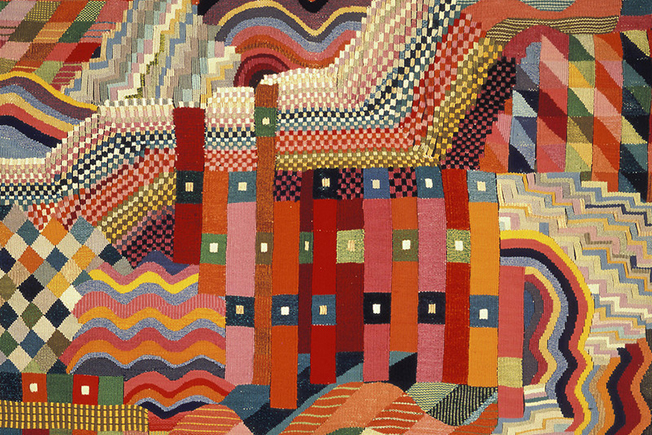
Redefining Aesthetics: Women’s Influence on Bauhaus Style
Women at the Bauhaus played a crucial role in shaping its iconic style. In the weaving workshop, they created a unique look that mixed traditional crafts with modern industrial design. Anni Albers, for example, made abstract geometric patterns that became a hallmark of Bauhaus style. Her work, combining bold shapes and colors, influenced both textile and graphic design. Gunta Stölzl led the weaving workshop to create fabrics that were both beautiful and practical for industrial use.
In other areas, women made equally important contributions. Marianne Brandt’s metalwork, especially her lamps and household items, showed the Bauhaus idea of form following function. Her simple, geometric designs became classic examples of Bauhaus style. Photographers like Lucia Moholy and Gertrud Arndt explored new ways of taking pictures, challenging how women were typically shown in art. Even in fields often seen as “feminine,” like weaving and ceramics, women’s work helped elevate these crafts to fine art status. Their innovative approaches in various disciplines, from textiles to photography, helped create the modern look we now associate with the Bauhaus. This style continues to influence design today.
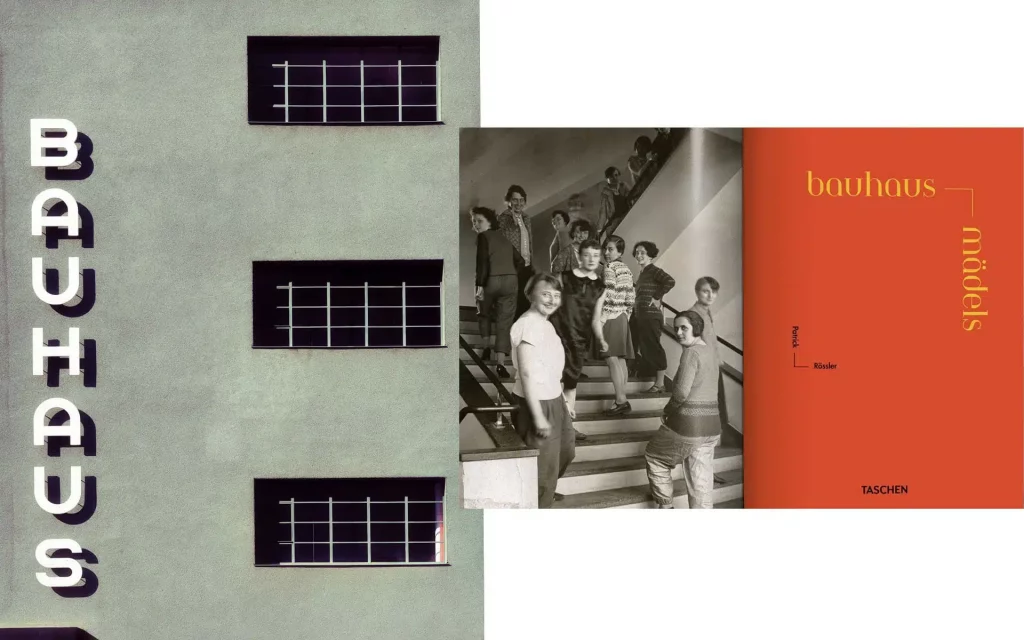
Conclusion:
The women of the Bauhaus were true trailblazers who reshaped the world of art and design. Their stories of innovation, resilience, and creativity inspire us to look beyond traditional boundaries and embrace our diverse talents. As we’ve seen, these pioneering women were not just weavers but leaders, educators, and entrepreneurs who left an indelible mark on modernist design.
By recognizing and celebrating their contributions, we gain a fuller understanding of the Bauhaus movement and its lasting impact. Let their stories motivate you to explore your own creative potential, challenge societal expectations, and push the boundaries in your chosen field. Remember, great design knows no gender – it’s about vision, skill, and determination.
If you’d like to learn more about the women of the Bauhaus or need additional information on this topic, feel free to reach out to me at semra@semrajelil.com. Let’s continue to honor these remarkable women by carrying their innovative spirit into the future of art and design.
FAQs:
1. Q: Who was the first female Master at the Bauhaus?
A: Gunta Stölzl became the first female Master at the Bauhaus in 1927, leading the weaving workshop.
2. Q: What areas did Bauhaus women excel in besides weaving?
A: Bauhaus women excelled in various fields including metalwork, photography, sculpture, toy design, and architecture.
3. Q: How did Marianne Brandt contribute to the Bauhaus movement?
A: Marianne Brandt was a pioneer in metalwork, creating iconic designs like the Kandem lamp that are still admired today.
4. Q: What challenges did women face at the Bauhaus?
A: Women often faced lower pay, less recognition, and were initially pushed into roles deemed suitable for their gender, like textiles and weaving.
5. Q: How did Anni Albers influence textile design?
A: Anni Albers created abstract geometric patterns that became synonymous with Bauhaus style and developed new materials for industrial use.
6. Q: What happened to many Bauhaus women during the Nazi regime?
A: Many Bauhaus women, especially those of Jewish descent, had to flee Germany and continue their work in exile.
7. Q: How did the Bauhaus approach blend art, craft, and technology?
A: The Bauhaus encouraged students to explore various materials and techniques, combining artistic vision with practical skills and new industrial materials.
8. Q: Who was Alma Siedhoff-Buscher and what did she design?
A: Alma Siedhoff-Buscher was a multi-talented artist who designed popular toys and furniture, including the ‘Little ship-building game’ that’s still made today.
9. Q: How did women contribute to Bauhaus photography?
A: Women like Lucia Moholy and Gertrud Arndt explored new techniques in photography and challenged traditional notions of women as subjects in art.
10. Q: What is the lasting impact of Bauhaus women on modern design?
A: Bauhaus women helped create the modern aesthetic we associate with the Bauhaus, influencing fields from textile and graphic design to architecture and industrial design.
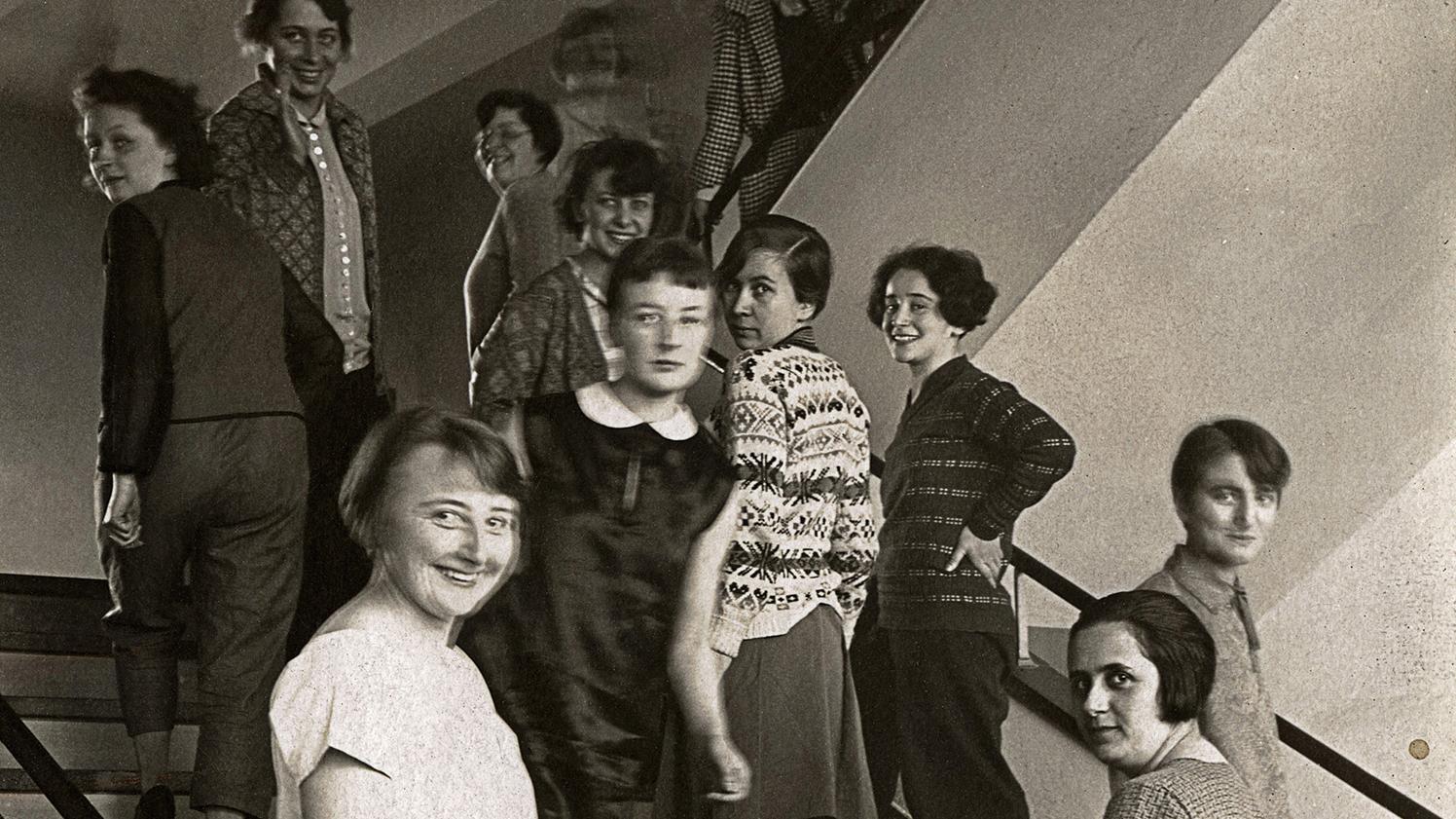

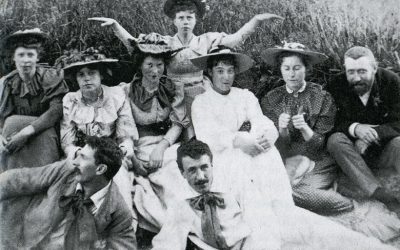

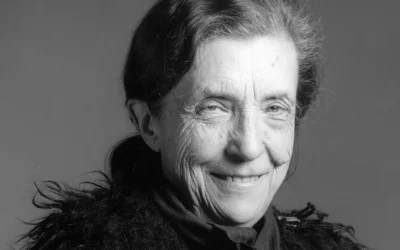
0 Comments